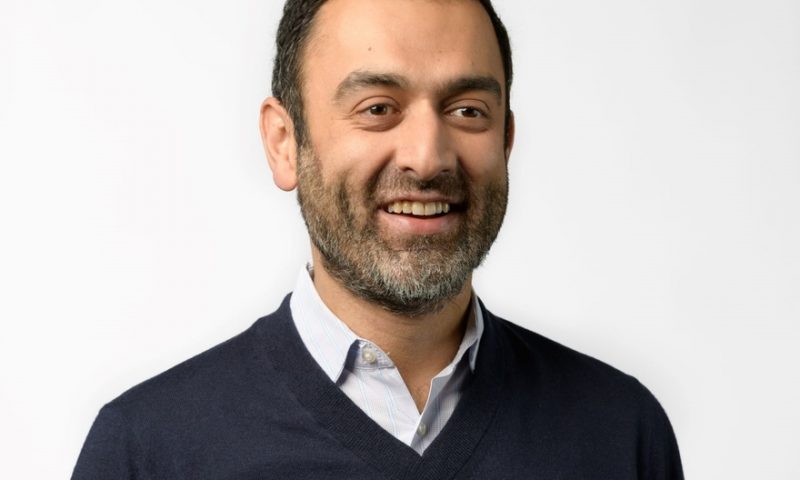Five years ago, Neil Kumar, Ph.D., quit his job at Third Rock Ventures to start a new kind of biotech company. The idea was “Moneyball” for biotech—to pick up potential rare disease treatments languishing in academia and to develop enough of them in parallel that the rare focus wouldn’t scare off investors.
It scared off investors. Going to the usual biotech investors in his network, Kumar faced rejection after rejection until—jackpot.
There were two ingredients to success: translating the model from just a theory to a pair of assets and a set of patients and looking beyond the usual suspects in the investor pool.
“I think when you start pitching in biotech, it’s within a concentric circle of people who generally fund biotech. The obvious problem is most of those people are looking like a certain type of person, like a 30-year veteran from Novartis backed by Flagship, or backed by Arch, and we didn’t fit any of those criteria,” he said. “In retrospect, to be rejected is not all that surprising. We started to get more traction when we were pitching people not necessarily in that sphere.”
BridgeBio Pharma uses a “hub-and-spoke” structure, meaning it puts each program in its own subsidiary with access to centralized resources. This model allows it to shift staff and funding between the different assets as needed.
The company officially launched in 2017 with seven programs, two of which were in the clinic. Now, it’s got more than 20 programs, with three in phase 3 studies. BridgeBio will file two new drug applications and move six more programs into the clinic in the coming year.
So, how does it find its programs?
“We kind of think of it as a top-down married with a bottom-up model,” Kumar said. “We are constantly monitoring a suite of about 7,000 Mendelian or monogenic diseases,” he said, referring to diseases caused by a mutation in a single gene. When there is a clear blueprint of what happens in a gene and what symptoms that causes in patients, “this is when a disease becomes of interest to us.” That’s the bottom-up part.
The top-down part relies on the company’s 11 academic partnerships, scouring the literature and spending time with universities’ technology licensing offices. It’s considering bolstering those efforts with a set of fellowships or an award to get the word out to doctors and scientists that BridgeBio could take their projects forward.
Along the way, BridgeBio snagged one of the biggest private biotech financings in 2019 as well as the second-largest biotech IPO that same year. But unlike some biotechs that lose the nimbleness and urgency they’re famous for as they grow, Kumar thinks BridgeBio’s culture has simply been “reinforced.”
“It feels like it’s way better—there are more people and more different thinking. When we started, we didn’t have any titles or an organizational structure. Like certain species of animals solve problems as swarms, we saw our company as a swarm,” he said. “A swarm of three people is not that effective. A swarm of 350 people can be pretty damn effective. It’s the same culture of intense problem-solving, questioning stuff, chip on your shoulder, ‘patients-first’ mentality, but we can then apply it to a lot more.”
The bulk of BridgeBio’s pipeline tackles those monogenic rare diseases, but it’s added a handful of cancer treatments and gene therapies, too. Kumar reckons others can use the “hub-and-spoke” model for different disease areas, particularly where the risk is “extraordinarily high.” Neurodegenerative and psychiatric diseases come to mind.
“The area we play in is the least risky of the R&D universe. The number of bets we need to take to ensure a lottery ticket isn’t all that high, though our lottery tickets are a lot less lucrative,” he said. “In neurodegenerative and neuropsychiatric diseases, the risk is much greater. We understand them less well. But the lottery ticket could be huge.”
Maybe it would be big enough not to scare investors away.

